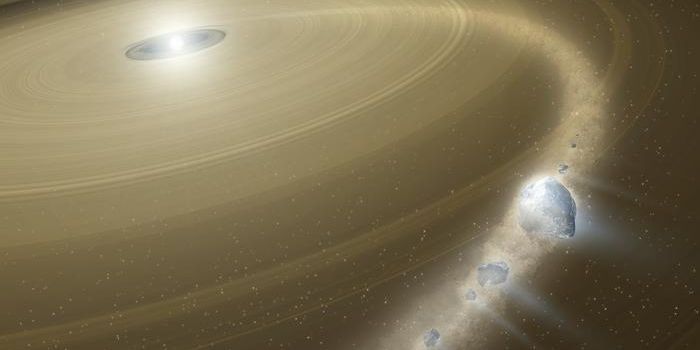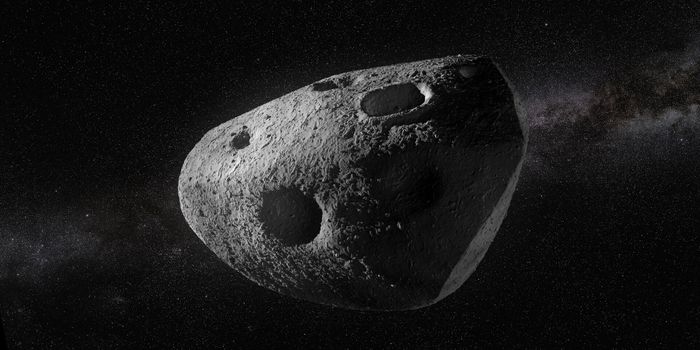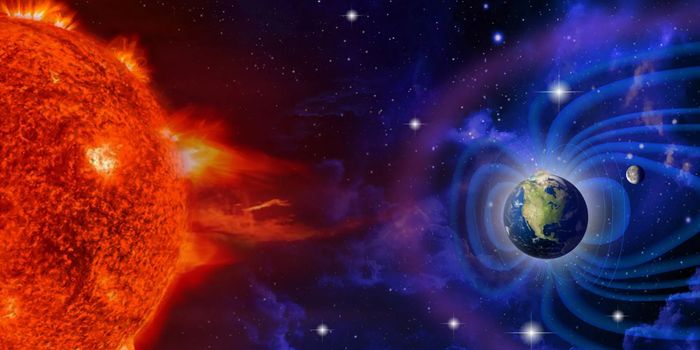Super-Earth Found Orbiting A Nearby Star System
Super-Earths: When one hears this term, the first thing that probably comes to mind is that there is a planet just like Earth, but slightly bigger or more massive -or maybe it’s a replica of our Earth that can potentially host more intelligent life. These are some of the most common thought scenarios, but in reality, none of these define a Super-Earth. A Super-Earth is simply a planet that is more massive than our own Earth, but smaller than Neptune. Super-Earths aren’t that uncommon, this article is about the one that is the nearest one to us.
An international team of astronomers, led by Dr. Hiroki Harakawa from NAOJ (National Astronomical Observatory of Japan, Tokyo), found an exoplanet named Ross 508 b orbiting around an M-dwarf star called Ross 508. This system is only 36.5 light-years away from us, which is nearby in astronomical terms.
The astronomers calculated the radial velocity measurements for the M dwarf star which is 36.5 light-years away from us. For this work, they used an infrared instrument on the 8.2m Subaru telescope. They found that their radial velocity data was very well fitted by the Keplerian orbit. In other words, we know that planets follow three Kepler’s laws of motion and, if the radial velocity measurements from their work fit Kepler’s laws, then we know that we are looking at a plant. A method called radial velocity is the state-of-the-art method for finding exoplanets around stars. This method as described, according to universetoday.com, “A radial velocity method is also known as Doppler Spectroscopy. This method relies on observing the spectra stars for signs of “wobble”, where the star is found to be moving towards and away from the Earth. This movement is caused by the presence of planets, which exert a gravitational influence on their respective sun.”
Moreover, this also provides the periodicity, i.e., how long it takes for the planet to go around its star once. In this case, the researchers measured it to be 10.75 days, but 1.099 and 0.913 days are also second and third possibilities statistically. Also, on average this planet is about 1.4 times further away from its star compared to the Earth from our Sun.








